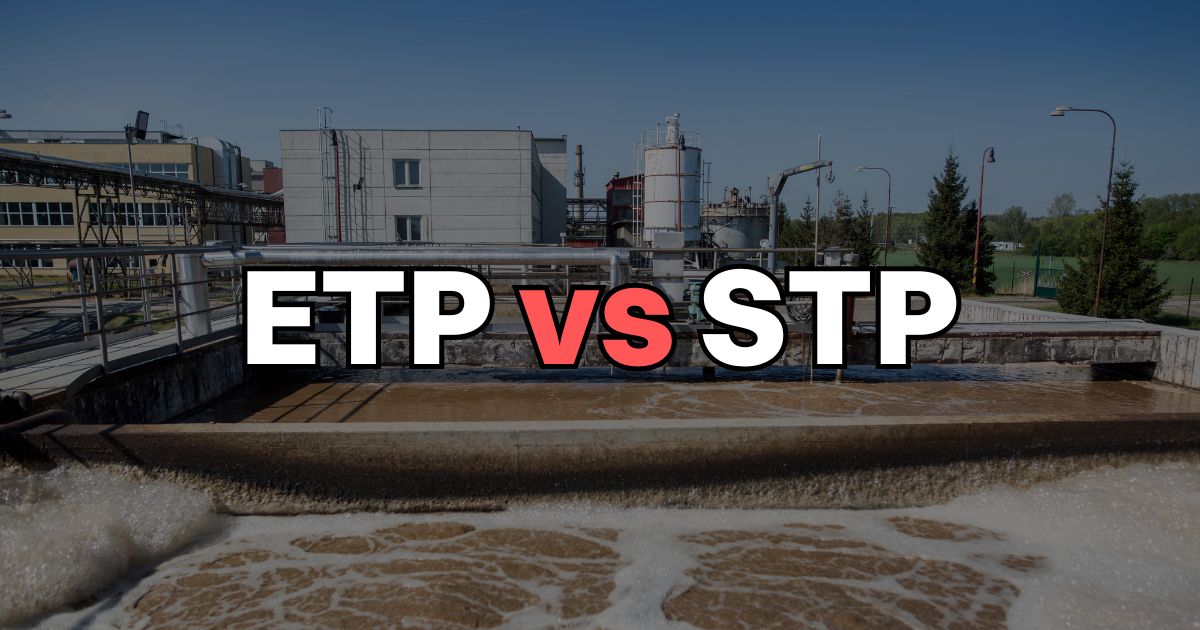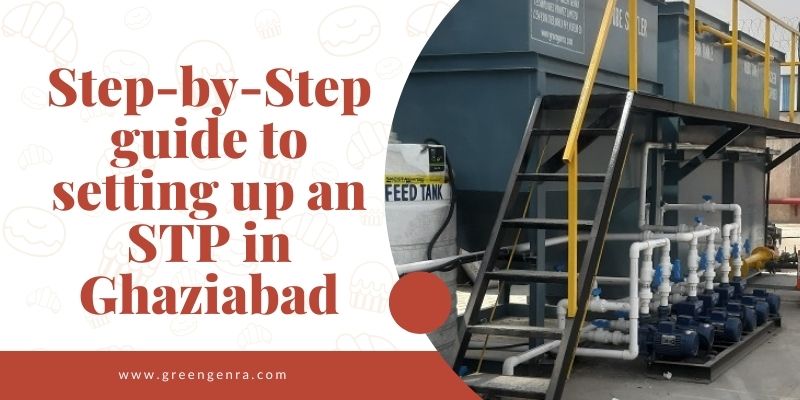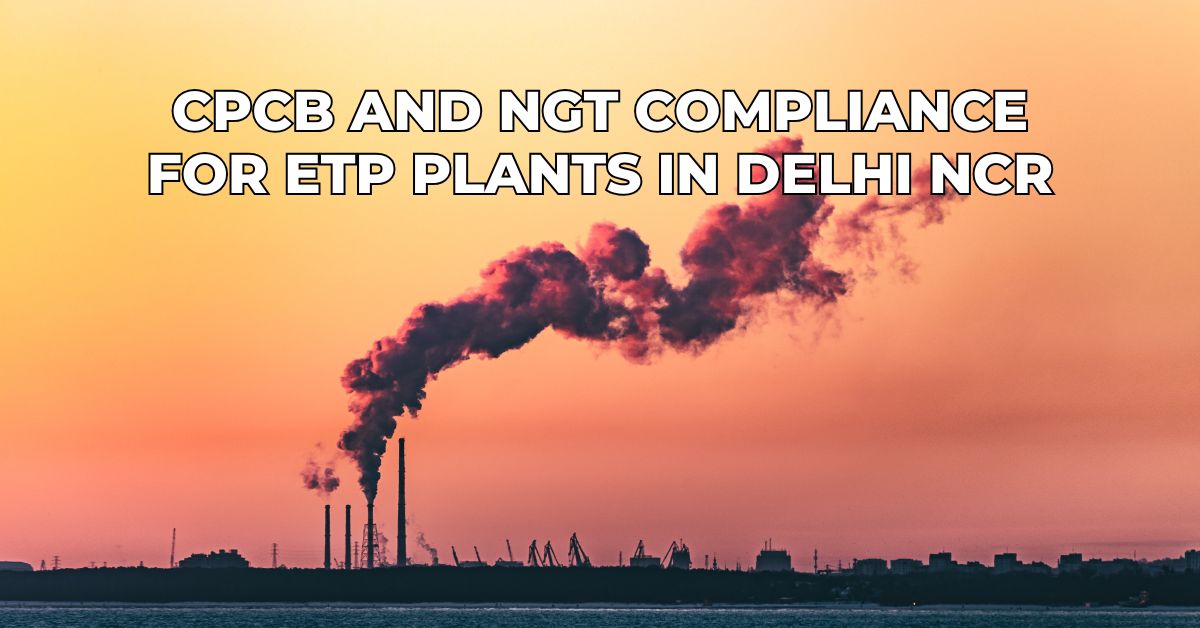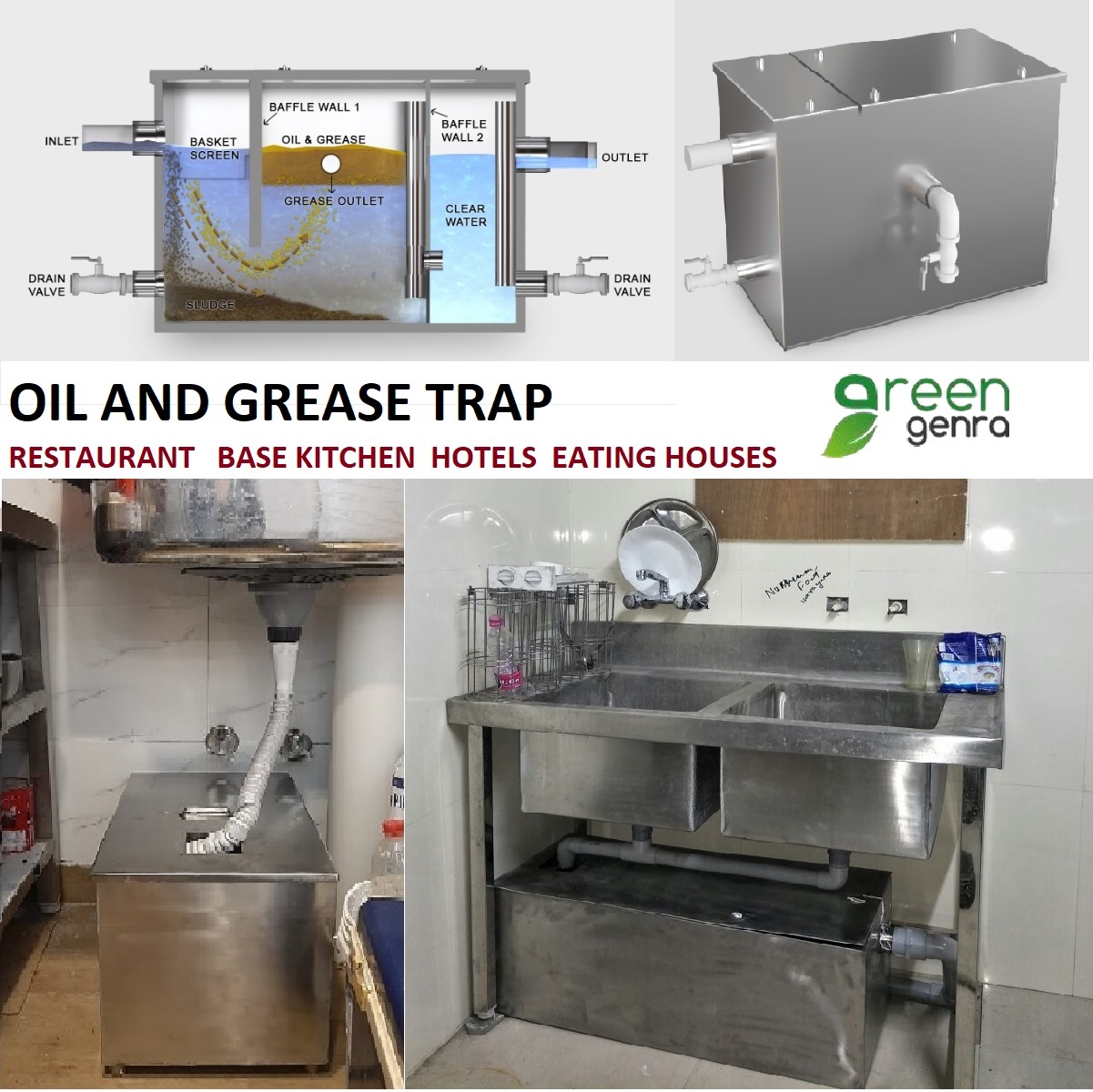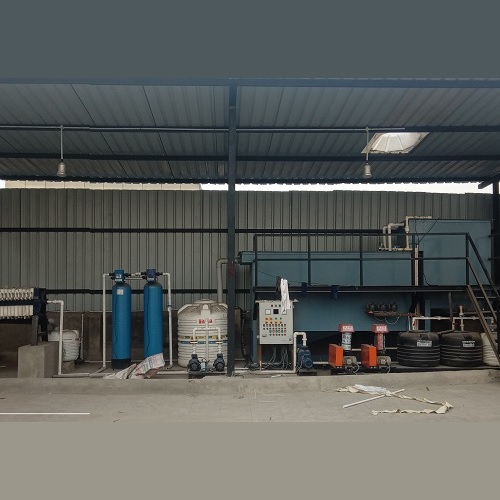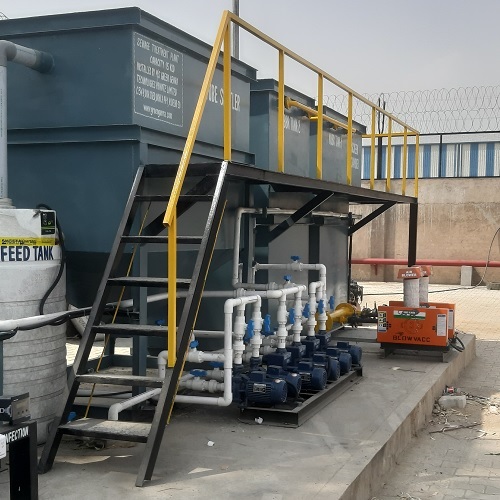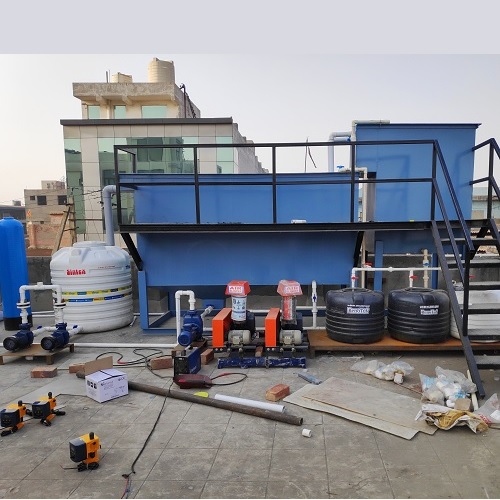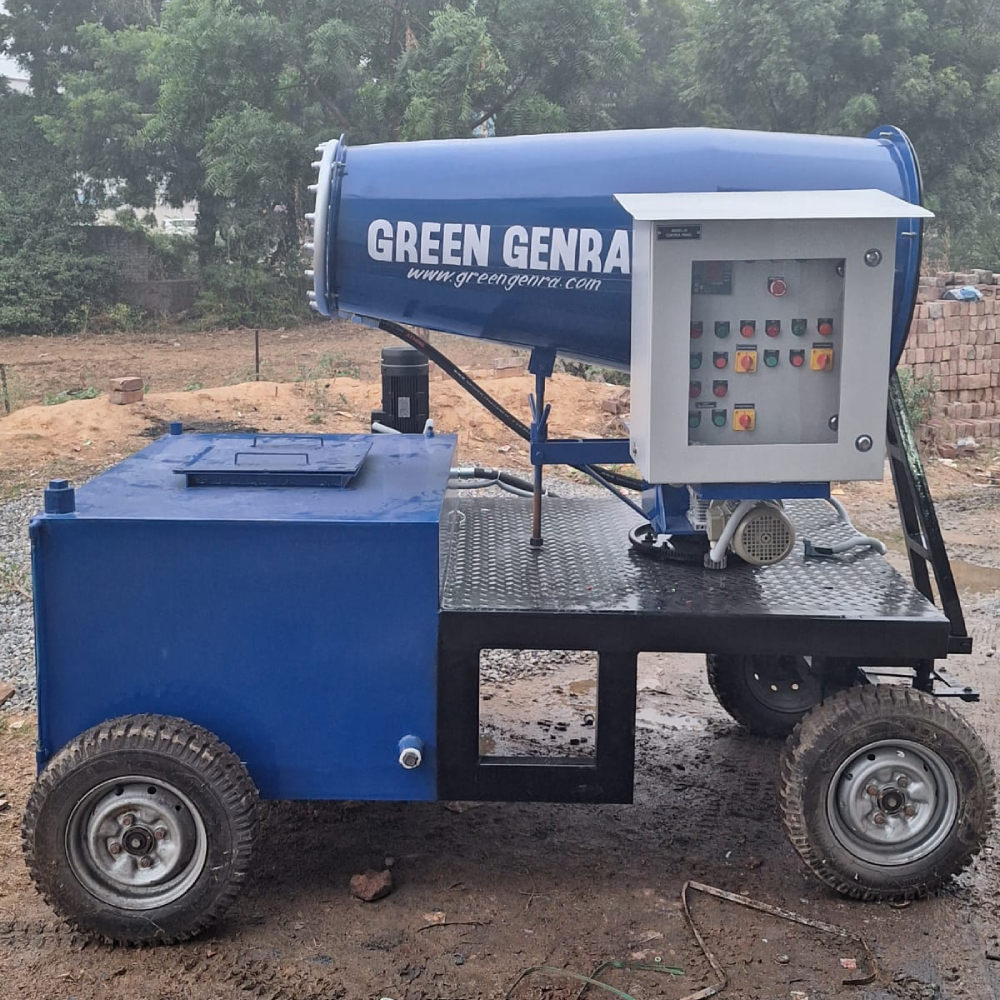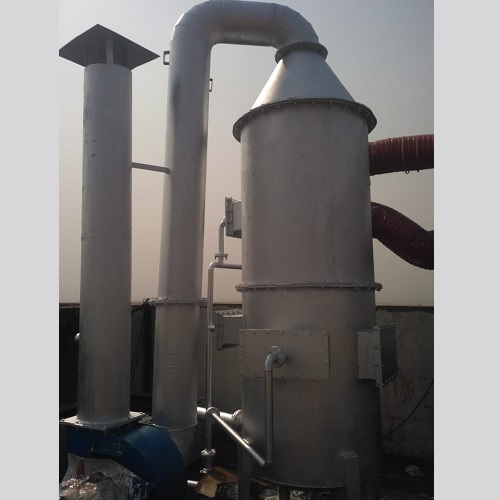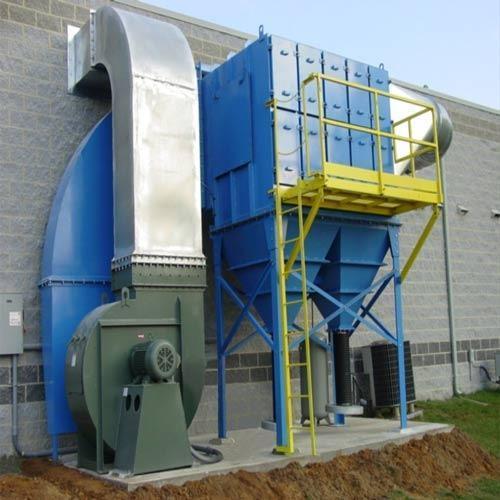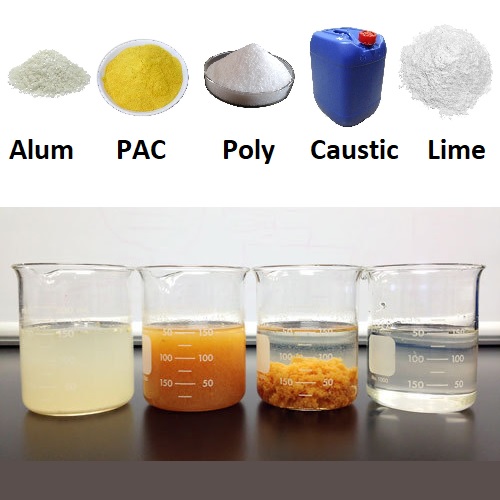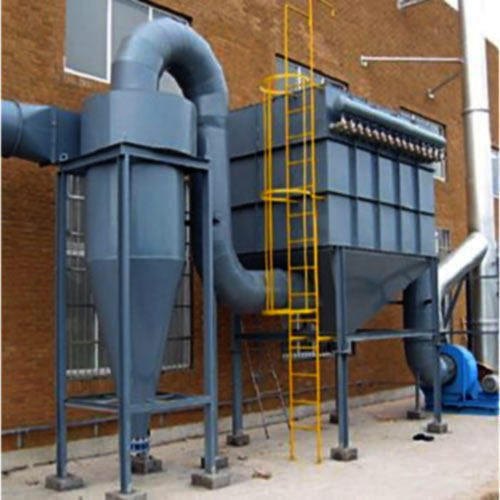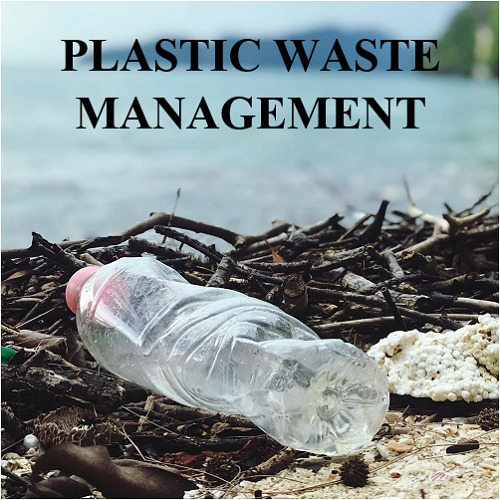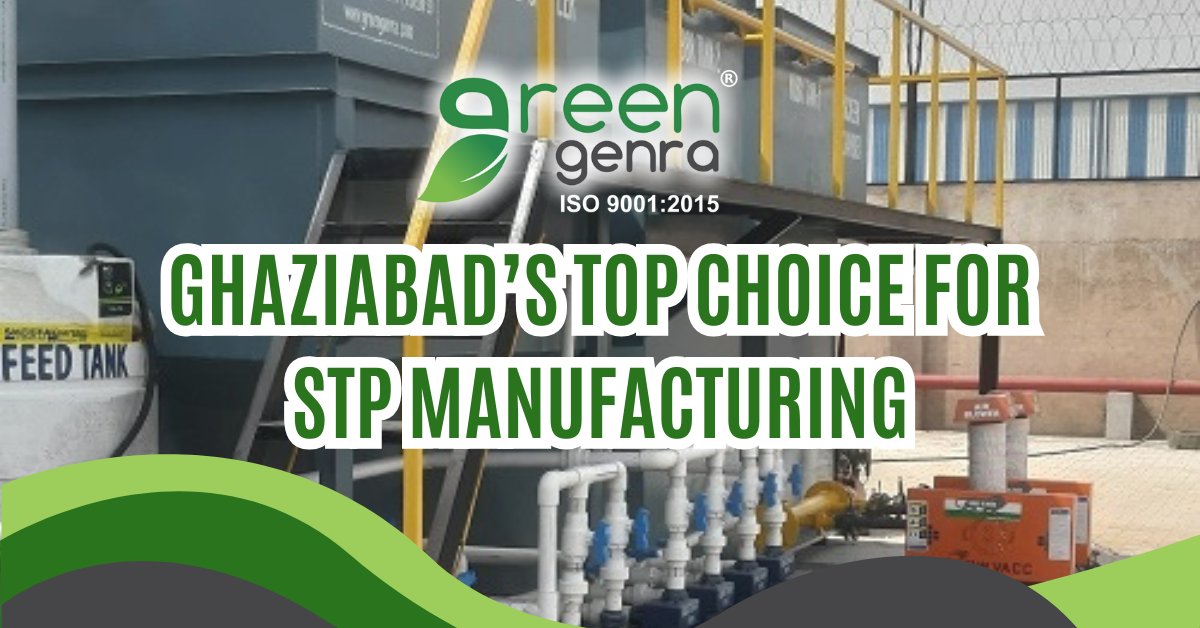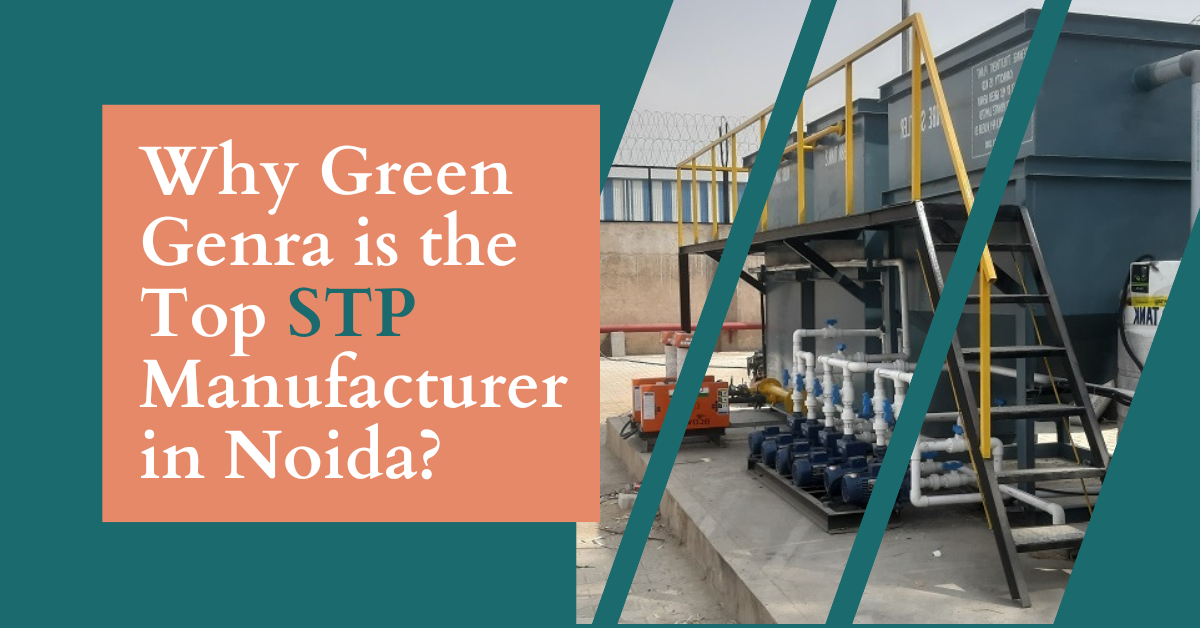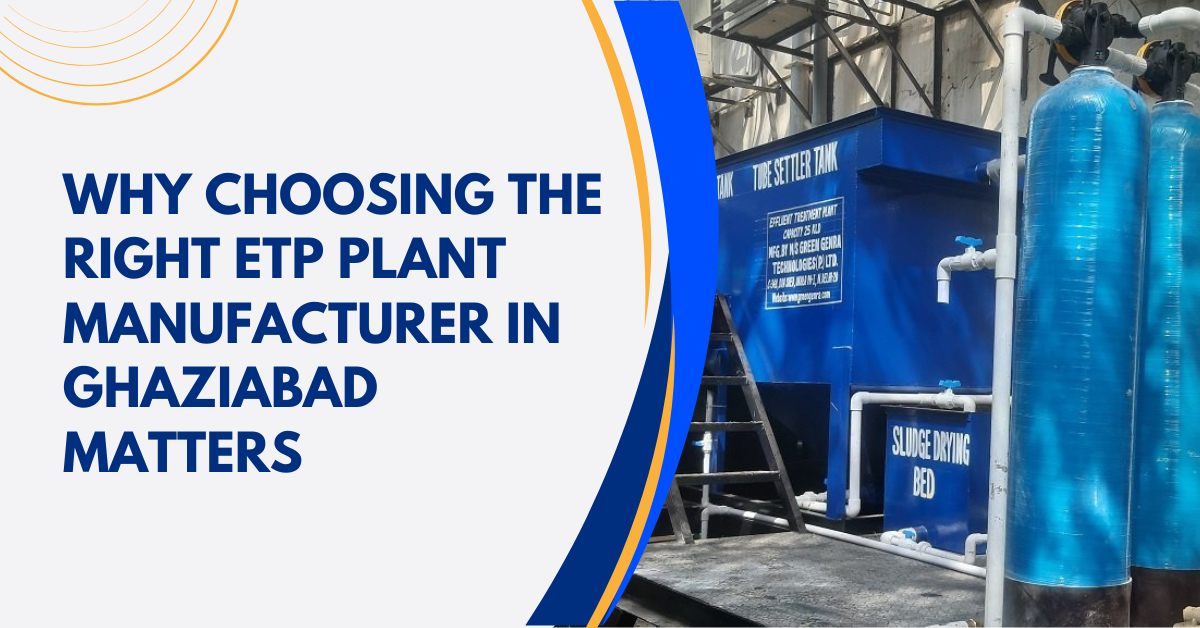Water Expo 2025 in New Delhi 28-30 August 2025 | Pragati Maidan, New Delhi India 20th Everything About Water Expo 2025 ...
What is 10 KLD STP plant?
A sewage treatment plant is a facility that processes and treat wastewater from domestic and industrial sources to remove water impurities before it is released back into the environment.
The treatment process typically involves physical, chemical and biological methods to ensure the water is safe for discharge or reuse.
There are varied sizes of STP plants based on one’s requirements. A STP plant 10 KLD is a compact, efficient wastewater treatment system that is designed to handle sewage output from small communities, residential complexes or small industrial units.
The capacity of 10 KLD STD is 10,000 kilo liters of sewage each day and this type of STP plays a significant role in managing wastewater at a scale appropriate for small user groups.
The working principle of 10 KLD STP-
- Preliminary Treatment: In this stage the preliminary treatment is done where large solids and debris are removed from the sewage through screening and grit removal. This step prevents damage to subsequent equipment and minimizes the load on primary treatment phase.
- Primary Treatment: In this stage the sewage is allowed to settle in sedimentation tanks, leading to separation of floatable matter and solids that can settle down from the wastewater. This minimizes the organic load before the sewage enters the secondary treatment stage.
- Secondary Treatment: This stage is the core of STP 10 KLD and involves biological processes where microorganisms break down organic matter. Various methods like activated sludge process, moving bed biofilm reactor or sequential batch reactor are commonly used depending on plant design. These processes are efficient at converting dissolved and suspended biological matter into solids that can be removed later.
- Tertiary Treatment: Some 10 KLD STP include a tertiary treatment stage. Here additional purification is achieved through filtration and disinfection. This stage is important if the treated water is to be reused for purposes including toiler flushing and gardening.
What are the benefits of 10 KLD STP?
- Protection of environment: By treating wastewater before it is discharged into the environment, STPs prevent contaminants from polluting local water bodies, thus safeguarding aquatic life and maintaining ecological balance.
- Water reuse: Treated water from these plants can be reused for non-potable purposes, minimizing the strain on municipal water supplies and promoting water conservation that is important in areas with water scarcity.
- Compliance with regulations: Installing 10 KLD STP in residential apartments and small industrial units comply with local and national wastewater management regulations and help avoid penalties and contribute to public health and safety.
- Cost-efficiency: The investment in 10 KLD STP paves way for a long-term savings in water bills and non-compliance fines making it a cost-effective solution for the effective water management.
- Health and hygiene: Proper sewage treatment reduces health risks related with untreated wastewater, including the spread of diseases and foul odors thus improving overall community health and living conditions.
also know about:- Benefits of 20 KLD STP plants
A 10 KLD STP is important infrastructure component for small communities or entities ensuring the effective treatment and the management of wastewater. By installing the STP one not only meets the regulatory needs but also contribute to environmental conservation and sustainable water management practices.
FAQs
1. What are the applications of 10 KLD STP?
A 10 KLD STP is normally used for treating wastewater in small residential complexes, schools, small industries and commercial facilities.
2. What is the approximate cost of 10 KLD STP in India?
The approximate cost of 10 KLD STP in India ranges from INR 3 lakhs to INR 5 lakhs based on the technology and configuration used.
3. What is the benefit of a 10 KLD STP?
A 10 KLD STP efficiently manages wastewater for small communities ensuring environmental protection and minimizing water consumption through recycling.

































Are you planning to install ETP (Effluent Treatment Plant) or STP (Sewage Treatment Plant) in India? If so, understand the di...
Ghaziabad has witnessed an increase in several industries in the past few years. The continuously rising population and a gro...
Effluent Treatment Plant (ETP) from reliable ETP Plant Manufacturers play a key role in reducing industrial pollution by trea...
With the increasing levels of water contamination in Ghaziabad because of growing industries and a growing population, wastew...
Green Genre is one of the best STP manufacturers in Noida that designs, produces and installs sewage treatment plants in vari...
Effluent Treatment Plants or ETPs are important for industries in Ghaziabad to ensure environmental compliance ensuring effec...

